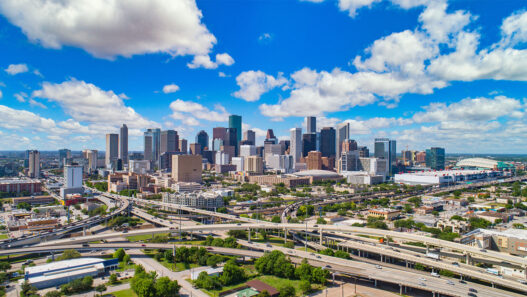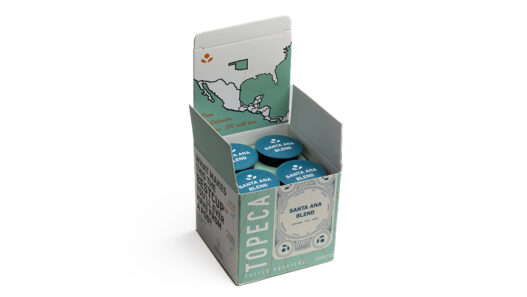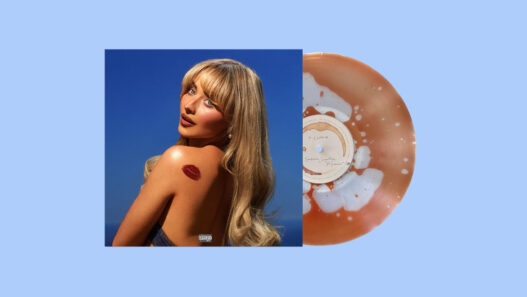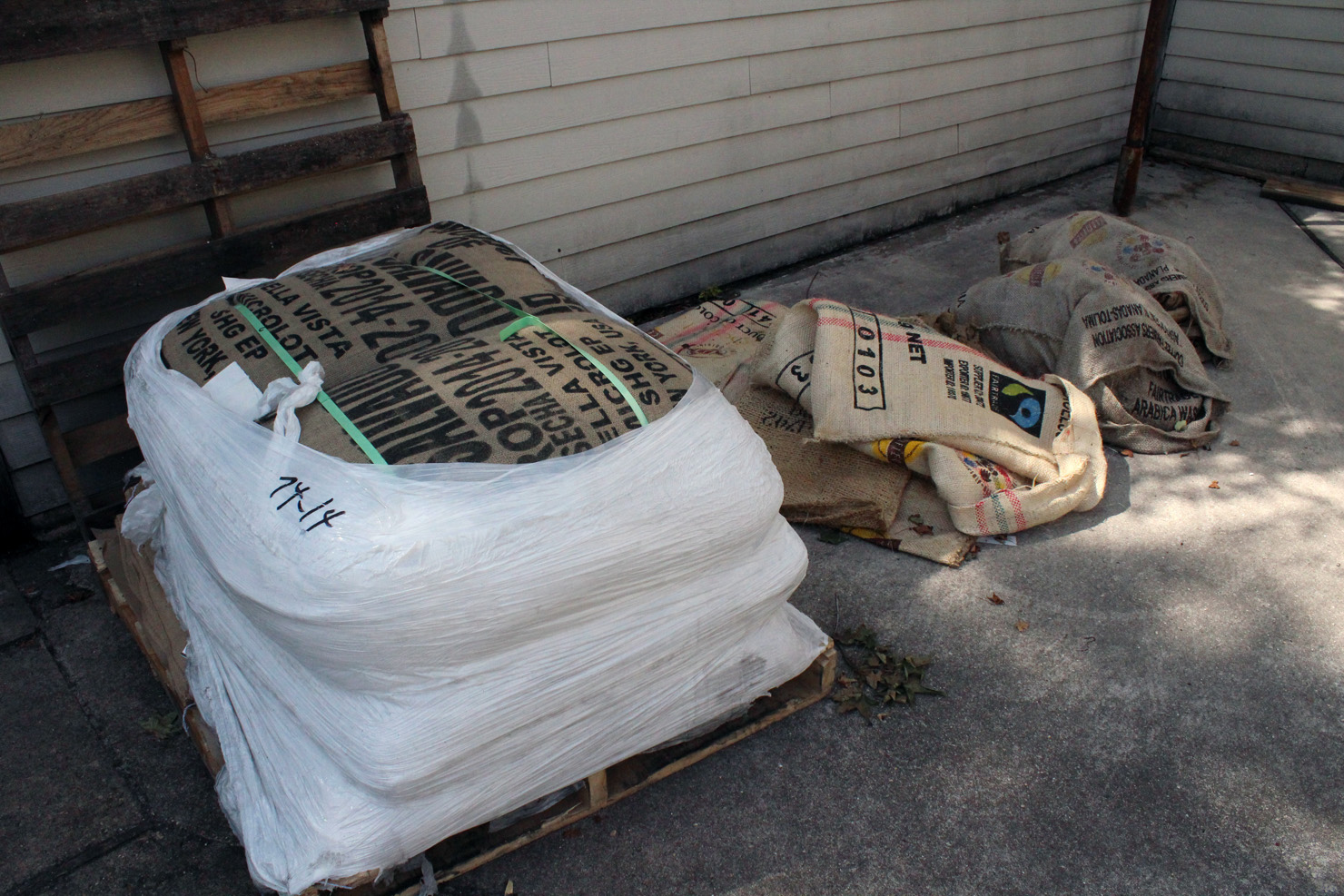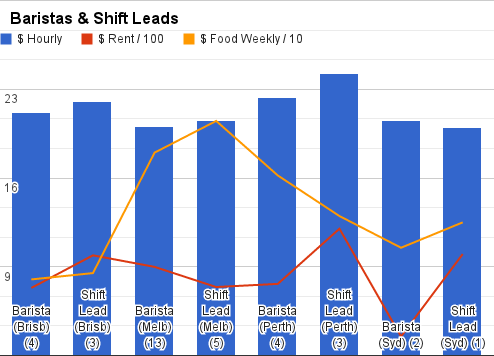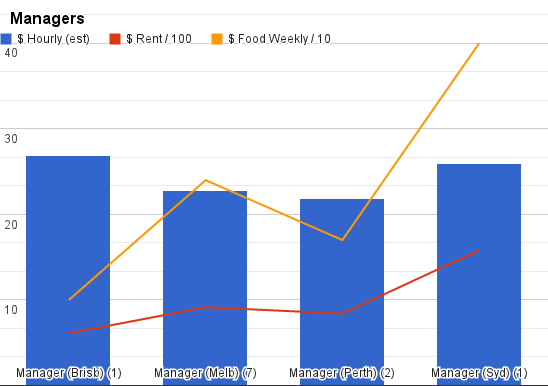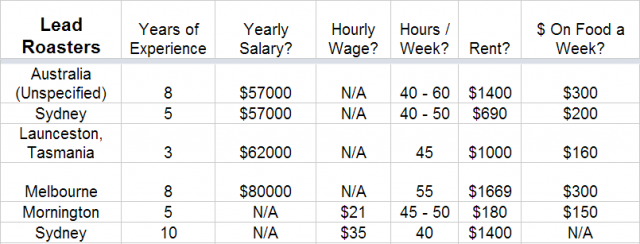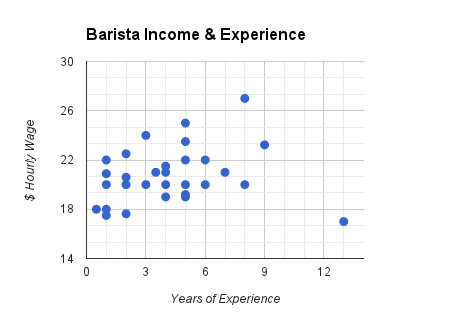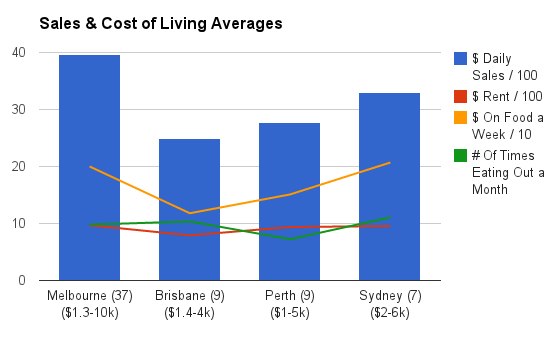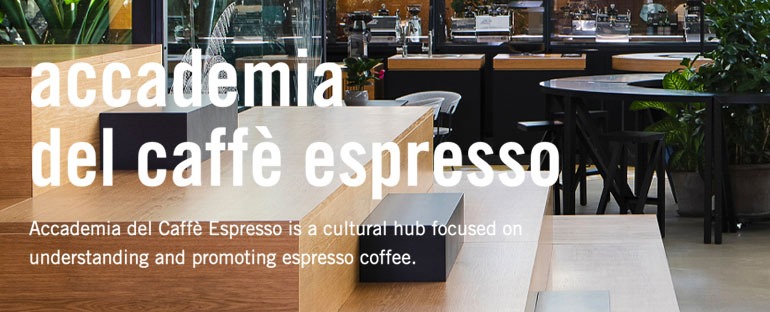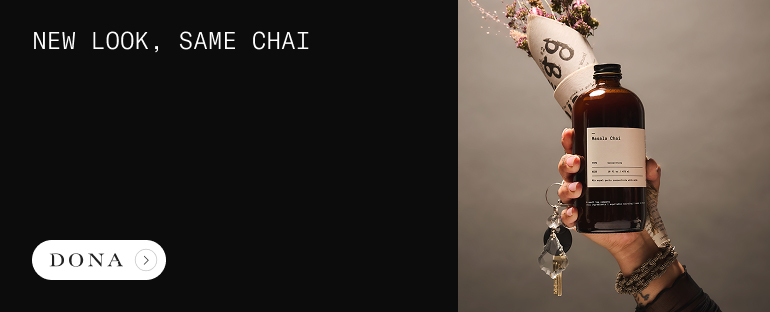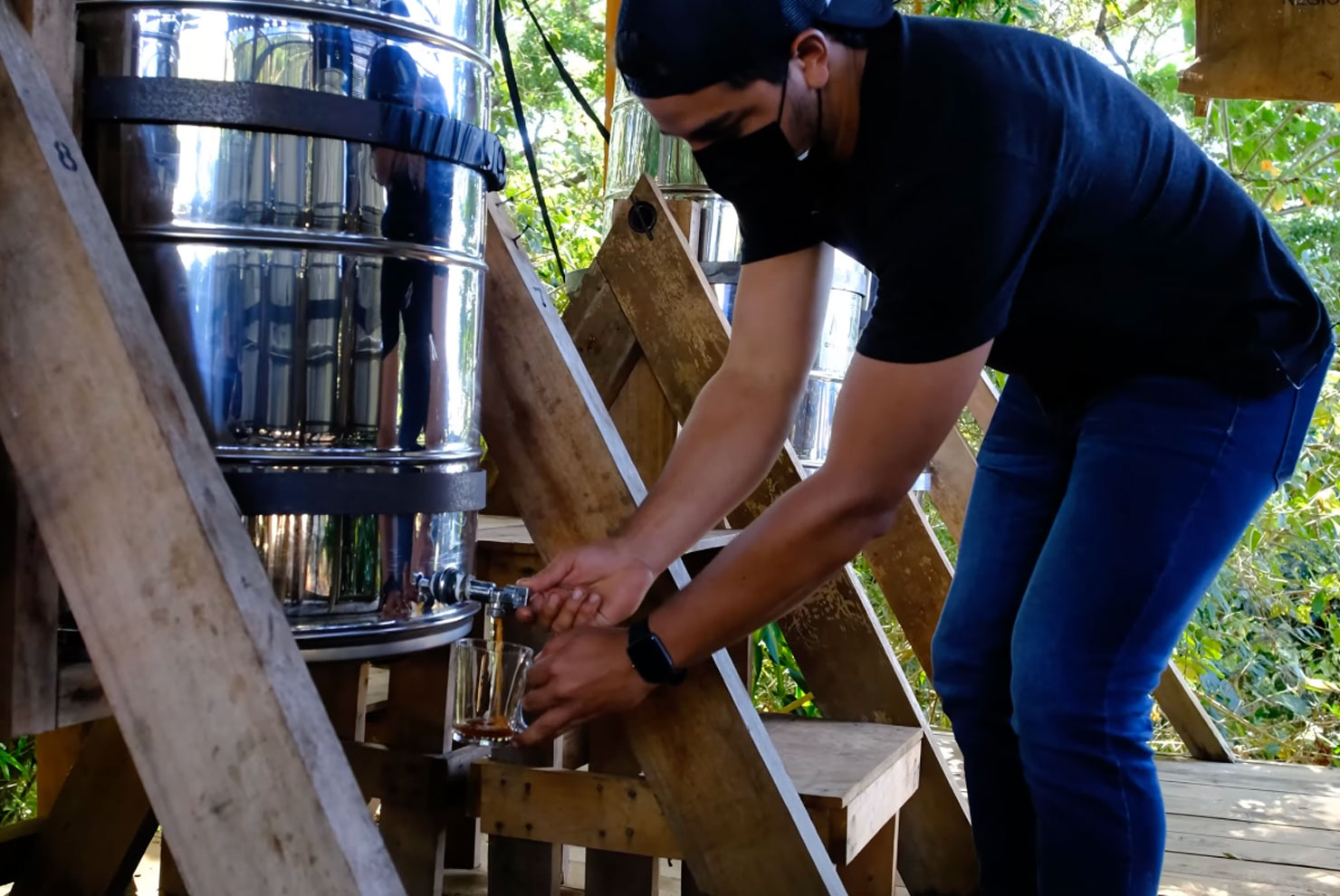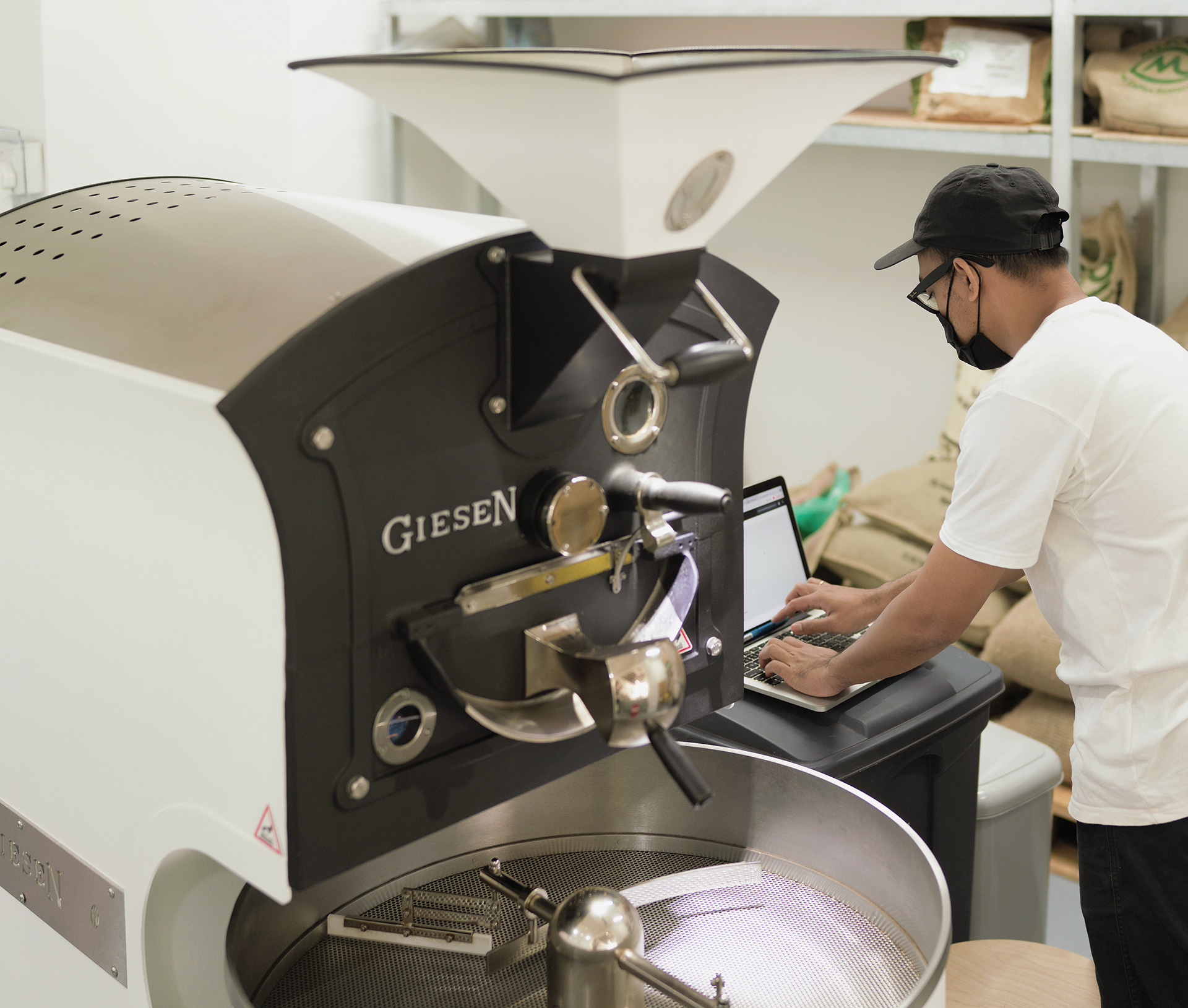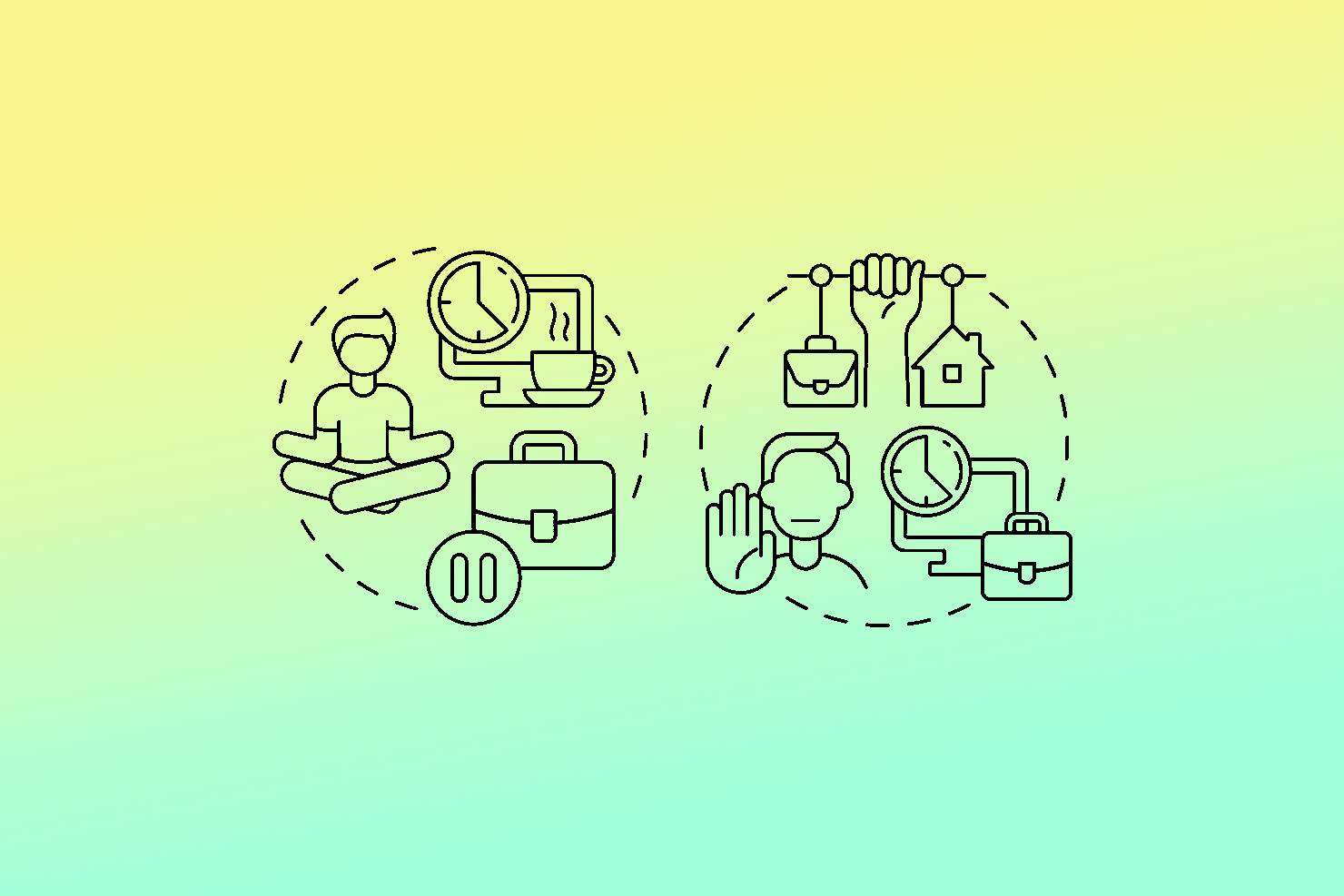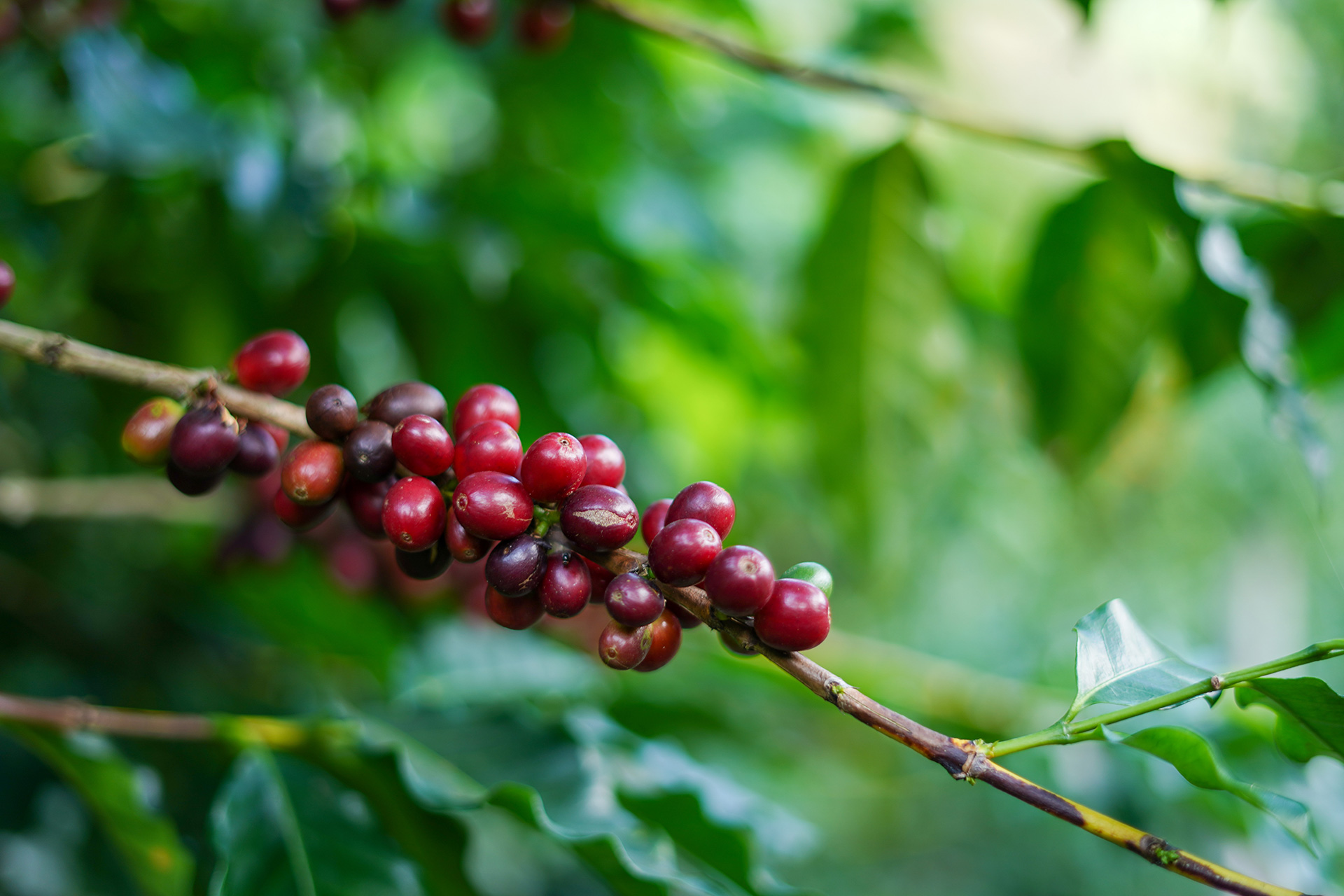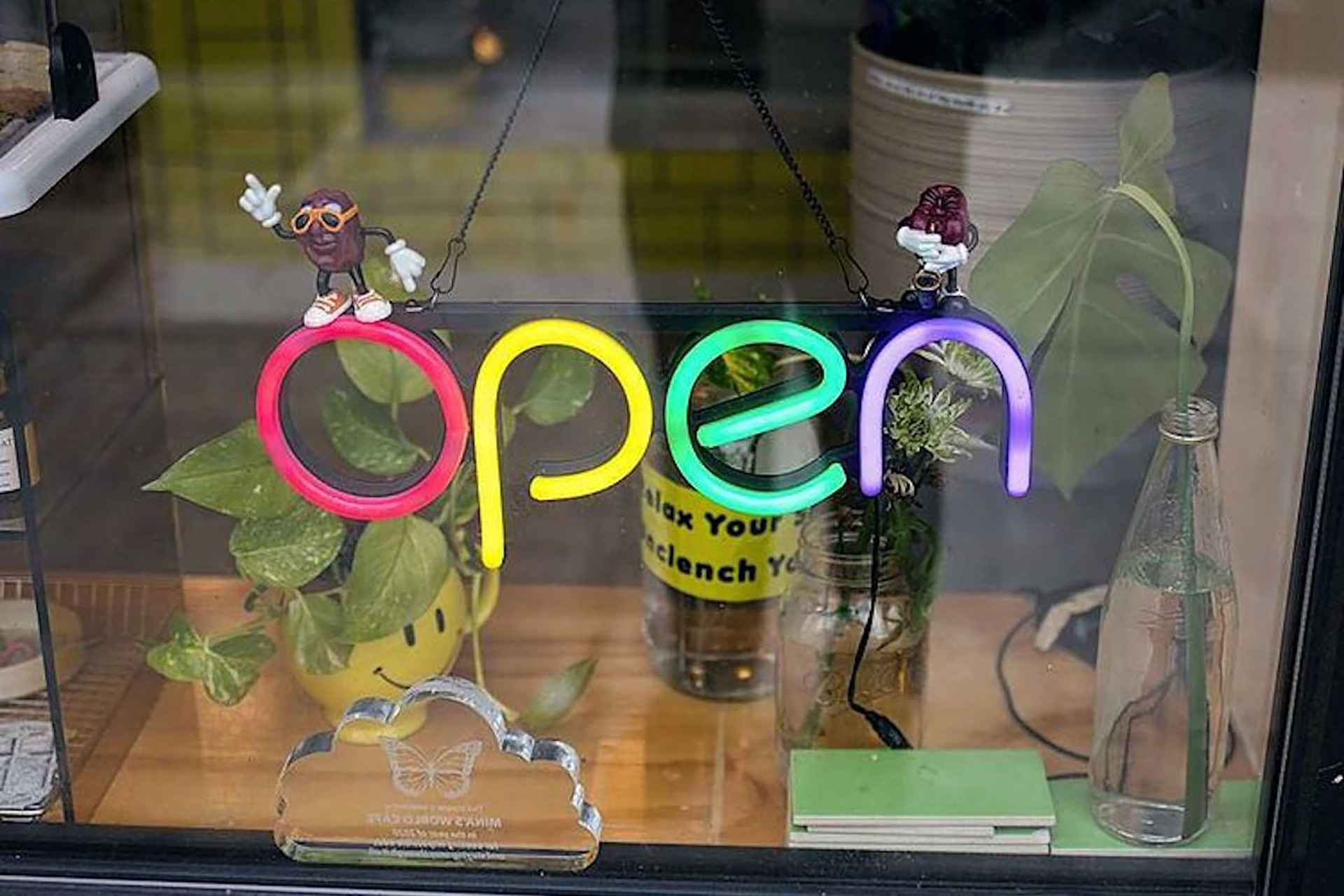Back in April, at the height of the 2013 United States Barista Championship in Boston, Sprudge.com published this poll on barista income for cafe workers around the world. We published the findings from that poll here last May. While interest was high internationally, sample size and some other variables wound up skewing the accuracy of some of our polling, specifically our reporting on barista wages and coffee worker incomes in Australia. Our original poll found that Aussies were the best paid coffee workers on the planet, by a significant amount. Our Aussie readers were quick to let us know (on Twitter and via email) that this poll reporting did not match their experiences.
We definitely knew that more polling was necessary, so while the world’s attention turned to Australia for the 2013 World Barista Championship in Melbourne, we published a second poll focused solely on the Australian market. This poll yielded far more Aussie respondents than our original survey, and contained better methodology to start with for acquiring accurate data. Now the time has come to dig into the responses.
Our Australian poll received 82 total responses, with the majority of those (37) coming from Melbourne. Perth and Brisbane were our next highest with nine apiece, and Sydney was fourth with seven respondents. Focusing on these four cities is helpful, because this time we opened up the survey to more than just baristas, while asking folks to be very specific in their job title. This helped eliminate one possible source of error with people stretching the definition of barista, but meant that we didn’t get representative samples from all the different job categories in some of the less well-responded areas.
In the graph above, you can see how income and cost of living expenses broke down in these cities, with average values for each figure based on the total number of responses listed in parentheses. To give you a little more national context: The average hourly income for baristas across all of Australia was $20.75 (all $ figures in this article are Australian Dollars, which equaled $1.11 US dollars at the time of the survey), with the range being from $17 – $27. Assistant Managers / Shift Leads averaged $21.61 an hour with a range of $19 – $25. Tips were negligible across all survey respondents, especially compared to tips for coffee workers in the United States. Tips in Australia averaged out to a mere $4 per shift.
The Monthly Rent and Money Spent on Food Weekly lines above give a general sense of cost-of-living differences in these cities. Average rent for baristas in these four cities was $787, with a seemingly improbable low of $200 for one barista in Sydney (maybe just being charged utilities by mum and dad?), and a cringe-worthy high of $1800 for a barista in Melbourne. It’s hard to say exactly how much trust should be put in the “Money Spent on Food Weekly” figures–people may take that to mean just on groceries, or on dining out as well, and they may also include alcohol in there. Those Melbourne food spending figures in particular seem crazy high comparatively, though based on what the editors of this website had to say about their time in Melbourne, and my independent reportage for this article, it sure does seem like Melbournians love their food and drink.
There were comparatively fewer “Cafe Manager” responses, but they do seem to bear out the trend of Melbourne residents spending quite a bit on food. It’s a little harder to make any concrete claims beyond that due to the low number of responses, but we do know there is a manager in Brisbane making crazy money compared to their rent, and Sydney is home to at least one manager seriously balling in the eating department. These are just individual responses though, so we can consider them anecdotal, and probably not representative for the overall experience of working in Australia’s specialty coffee industry.
For comparability’s sake, I converted the salaried managers’ incomes into approximate hourly rates based on their reported number of hours worked weekly, creating the graph above and giving an average of $22.60/hour pay for managers across all 14 manager respondents in Australia. While this may not seem that much higher than the average barista wage, it is important to keep the following things in mind:
1. Most managers work significantly more hours a week than the baristas, skewing their hourly pay down despite a higher yearly income. This is common in the United States as well.
2. 10 of our 14 managers are in fact being paid as salaried employees, not hourly. All four hourly managers worked in Melbourne, ranging from $20-23/hr, while salaried managers ranged from $40,000/yr in Port Stevens to $69,000 in Melbourne. The average national salary for managers is $52,600.
Getting paid salary is a particularly big deal in Australia because it entitles you to paid vacation time, sick leave, and 10 paid public holidays off, in addition to various other benefits. Most hourly coffee workers in Australia are classified as “casual workers”, meaning that they are not entitled to any additional benefits, days off, etc. This, too, is much the same as the United States, though keep in mind that Australia has markedly better free basic health coverage, and all but the most part-time of coffee workers are having an additional 9.25% of their wages paid by their employers into “superannuation” retirement accounts.
For non-retail positions, the trend is towards salaried work. Of the three Production Roasters who responded, one person working a very part-time 10hrs/week was getting paid $18/hr in Brisbane, while two full time roasters in Canberra and Melbourne both had a salary of $55,000. The lifestyle these wages afford them may be quite different, though: the Canberra roaster was paying just $300/month in rent while the Melbourne roaster was paying $1050. Pay and cost of living for Lead Roasters was a little more spread out:
One interesting trend throughout this entire survey was the many years of experience that the average Australian coffee worker has. We can’t do a direct comparison due to the limited language of our initial survey, but we do know that while over half of US respondents reported three years or less of coffee experience, the average Australian coffee worker has 5.8 years of experience.
 This high level of experience speaks to how established coffee is as an industry – and a career option – in Australia’s major cities. This is attested to by the plot above, where you can see a general upward trend in compensation based on years of experience across Australia, despite the presence of outliers that may come from geographical or other variances.
This high level of experience speaks to how established coffee is as an industry – and a career option – in Australia’s major cities. This is attested to by the plot above, where you can see a general upward trend in compensation based on years of experience across Australia, despite the presence of outliers that may come from geographical or other variances.
This trend of high overall experience and potential for increased earnings isn’t just a product of including non-barista jobs in the survey. The average Australian barista reported 4.2 years of experience, and there is a decent increase in average barista pay based on years spent working in the industry. But there are always outliers, like one barista who reported having 13 years of experience while only making $17/hr working in Melbourne’s CBD. Hopefully he or she really loves where they work.
There are certainly some people in Australia making quite a nice living off of coffee, across all areas of employment. Particular shouts out to the barista in Brisbane (one of two salaried baristas who responded) killing the game at $70,000 a year on two years experience and spending a whopping $800 a week on food. Our overall top earner also clearly has it figured out: they’re a barista trainer and coffee consultant in Melbourne who says they charge $300-$400/hr and make $90k a year. Sounds chill.
It’s great to see the overall high income across the board in Australia, but it does pose the question: How is this all getting paid for? Where does all the bloody money come from? Well, the enormously high average retail volume at shops in Australia probably helps:
Compared to the US, these daily sales numbers are actually not quite as high as I expected, but they are still quite healthy, especially at the top end of the range. These are also only rough estimated daily sales from staff, so the actual figures might be higher – we’ve heard (anecdotally) that one well-known roaster / retailer in Melbourne with a serious food operation makes $25,000 on an average Sunday. This speaks to the major differences between many Australian cafes and their American counterparts. Heaps of cafes in Australia are serving food, which is comparatively rare in the US specialty coffee market. Australia is also more likely to provide table service at a cafe, so the staffing requirements may be higher than cafes in the States, where one far more commonly waits in line, orders, stands, and receives a drink, all from the same barista team. Getting to the bottom of the economics of all this would require a much more in depth look at rent and other overhead costs. If you’re an Australian applied statistics major seeking a thesis concept for your last year at Uni, have at it. Let us know what you find.
Understanding cost of living and quality of life across these cities and in comparison to other countries is also a thorny issue. This comment on public transit from one of our respondents helps to illustrate:
Perth is a city where you NEED a car to get around and then inner city parking is expensive for baristas working in the CBD, anywhere between $20 – $25 a day. On top of compulsory third party insurance, maintenance costs and fuel expenses there is also the extra time it takes to get home during peak hours.
I was earning “less” in London as a barista, but I found the life / work balance I was able to enjoy in London is better than what I enjoy in Perth. I believe a large factor in this was how great London’s public transport service was. In Perth you can wait up to 10 – 15 minutes for a train during peak hour and the transport system doesn’t start on weekends until after 6am, a typical start time for most hospitality professionals. Most Perth cafes are bustling during the morning, but after the morning rush hour few cafes sustain trade to warrant opening past 3 or 4pm.”
Clearly worker compensation in Australia is a complicated question. In background discussions for this article multiple people mentioned that international workers on short-term employment are a big part of the hospitality work force, with somewhat different work regulations applying to them. Another big variable in the accuracy of our survey is that the overwhelming majority of our respondents are from Melbourne. This for example may skew our rent numbers for Melbourne since we had multiple people at each level of the industry responding, with rent ranging from $500 for one barista to $2300 for one manager. Some of the conversations we had also seemed to suggest that the actual average level of compensation and cost of living in Sydney may be higher than our survey shows. There were also a few reports of companies offering substantial numbers of salaried barista positions, despite only two salaried baristas responding to our survey.
So what can we take away from all this? The average barista in Australia is getting paid about $7/hr USD more than the average US barista, and yes, that includes both tips and wages. Things are a little more even when you focus on the major cities, but baristas in Sydney, Perth, Melbourne and Brisbane are still making about $4/hr USD more than baristas in New York, San Francisco or Los Angeles.
Getting into cost of living questions is tricky. Rent figures seem about on par with the three major US cities, with Perth and Sydney being a little higher, but things like food and transportation costing a fair bit more (at least anecdotally). Of course things like good public health care and paid vacation time (if you can get it) also contribute hugely to overall quality of life.
Overall, I think it’s safe to say that making coffee in Australia is a viable career for many people. A lot of coffee professionals in Australia have devoted many years to their industry, and receive commensurate compensation for it. As with our first foray into examining compensation in coffee, this survey and article is meant as a starting point, not an end. As our industry continues to grow and become ever more connected internationally, these sorts of issues become more and more important. Look to Sprudge for more original reporting on international wages, living standards, and coffee as a professional career in 2013 and beyond. Because at the end of the day, as a great entertainer once said…
“Don’t be throwin’ no shade, I just wanna get paid.”
Alex Bernson (@AlexBernson) is a working barista in New York City, and a staff writer for Sprudge.com. Read more by Alex Bernson.
Reporting for this feature was kindly aided by input from Rob Stein, Jason Kim, Matt Perger, Wendy De Jong, Eileen Kenny, Jacqui Vaca, Jesper Bood, and Tuli Keidar.




